Ask most people for their list of dream holiday destinations, and they would likely include trips to the world’s most popular historical/cultural, leisure and shopping destinations. However, a special niche has developed in the tourism industry that focuses less on the commercial side of travel, and more on educating travelers on the importance of maintaining a balanced relationship with nature. The trend towards Ecotourism is born of an urgent need for environmental awareness and ecological conservation.
Ecotourism: Travel in Harmony with Nature
Ecotourism programs are usually promoted or run by non-governmental organizations (NGOs) and/or local interest groups, conservationists and environmentalists. Nature trips and wildlife safaris often fall under the ecotourism category. While such trips offer an up close and personal glimpse of nature, their goal is ultimately to inform and challenge participants into doing something to help the environmental cause. This may be accomplished by means of monetary support, social action, or a simple change in mindset and lifestyle.
Ecotourists wish to learn about more than just the history and culture of a destination. They will go beyond enjoying the typical sights, traveling deeper into remote areas to learn about rare or endangered plant and animal species and other aspects of the natural environment. Here we will look at five of the most popular destinations for ecotourism.
Kenya and Tanzania
The African nations of Kenya and Tanzania offer extensive wildlife safari opportunities, as well as mountain climbing expeditions to the stunning peak of Mount Kilimanjaro. An eco-trip to these destinations guarantees a fascinating and memorable experience like no other.
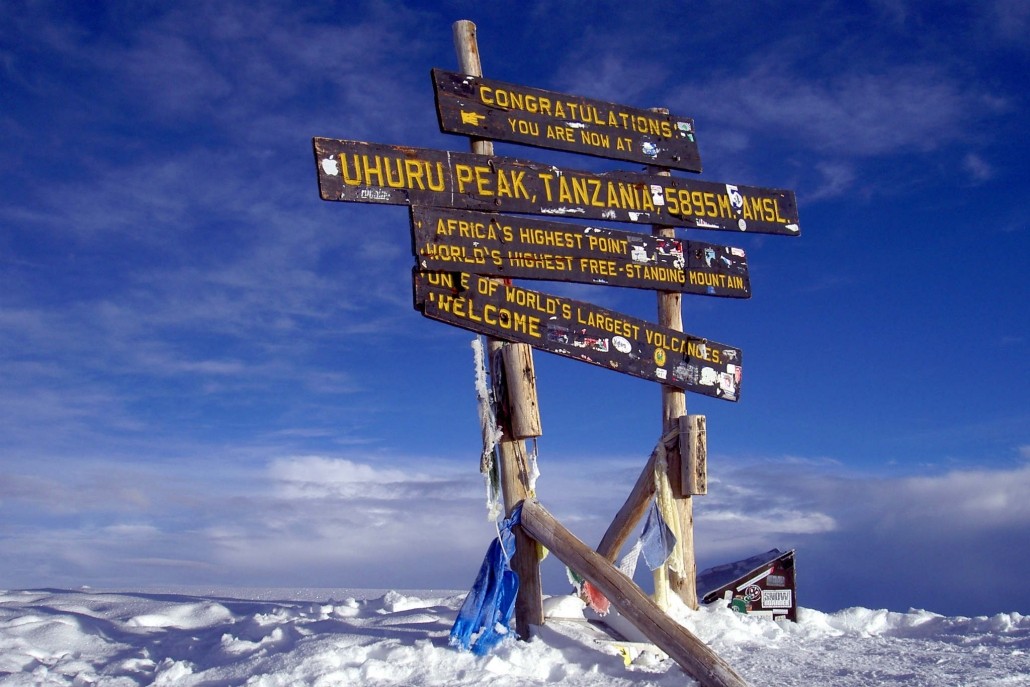
The summit of Mount Kilimanjaro, Tanzania’s highest peak which stands almost 6,000 meters above sea level.
Popular attractions in Kenya include the Masai Mara Game Reserve, Aberdares National Park, Amboseli National Park and Lake Nakuru National Park.
Masai Mara Game Reserve is famous worldwide for its exceptional population of Masai lions, African leopards and Tanzanian cheetahs. Aberdare National Park covers a 766 km2 stretch of the Aberdare Mountain Range. The park contains a wide variety of landscapes, from mountain peaks rising 4,300m above sea level, to deep valleys intersected by rivers and waterfalls. Moorland, bamboo forests and rainforests can be found at lower altitudes.
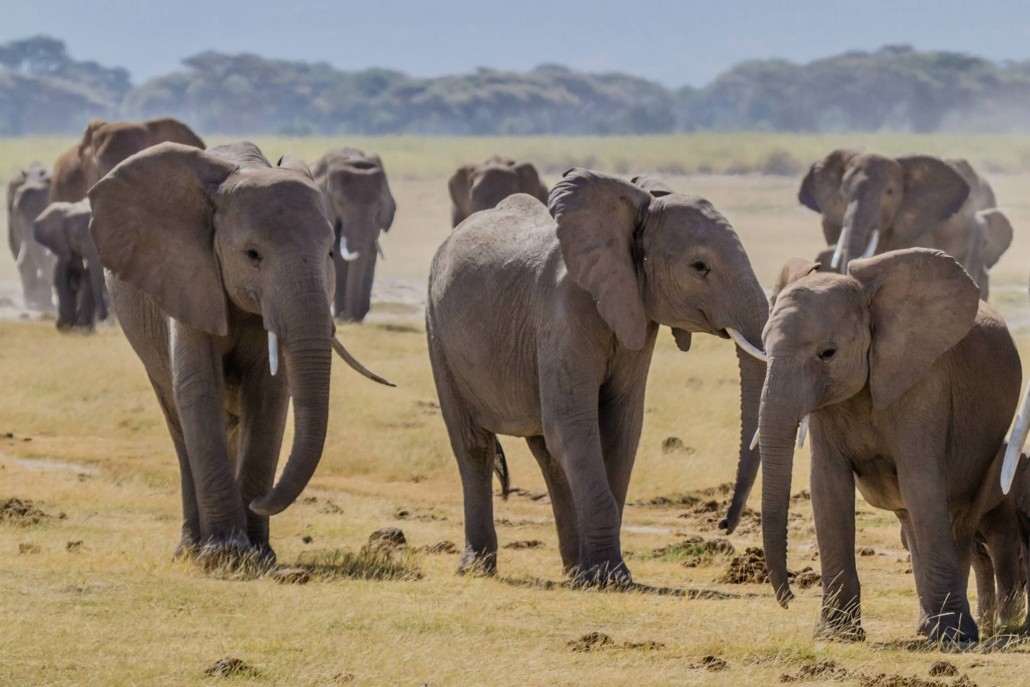
Amboseli National Park offers the best opportunity to get close to elephants in their natural habitat.
Amboseli National Park is famous for being the best place in Africa to get close to free-ranging elephants, and offers spectacular views of Mount Kilimanjaro. Travelers also have a unique opportunity to mingle with the Maasai people, and can visit one of their villages. Lake Nakuru National Park contains a special sanctuary set up to protect giraffes, as well as both black and white rhinos.
Aside from the famous Mount Kilimanjaro National Park, the must-see locations in Tanzania are the Serengeti National Park, Ngorongoro Conservation Park, Lake Manyara National Park and Arusha National Park.
Visitors to the Serengeti National Park can witness the annual migration of two million wildebeest (plus hundreds of thousands of gazelles and zebras), followed closely by their predators. This epic voyage in search of grazing pastures and water is considered one of the most impressive spectacles in the natural world. Ngorongoro Conservation Park is home to the vast volcanic Ngorongoro Crater, as well as thousands of elephants, lions, leopards, buffalo, and rhinos.
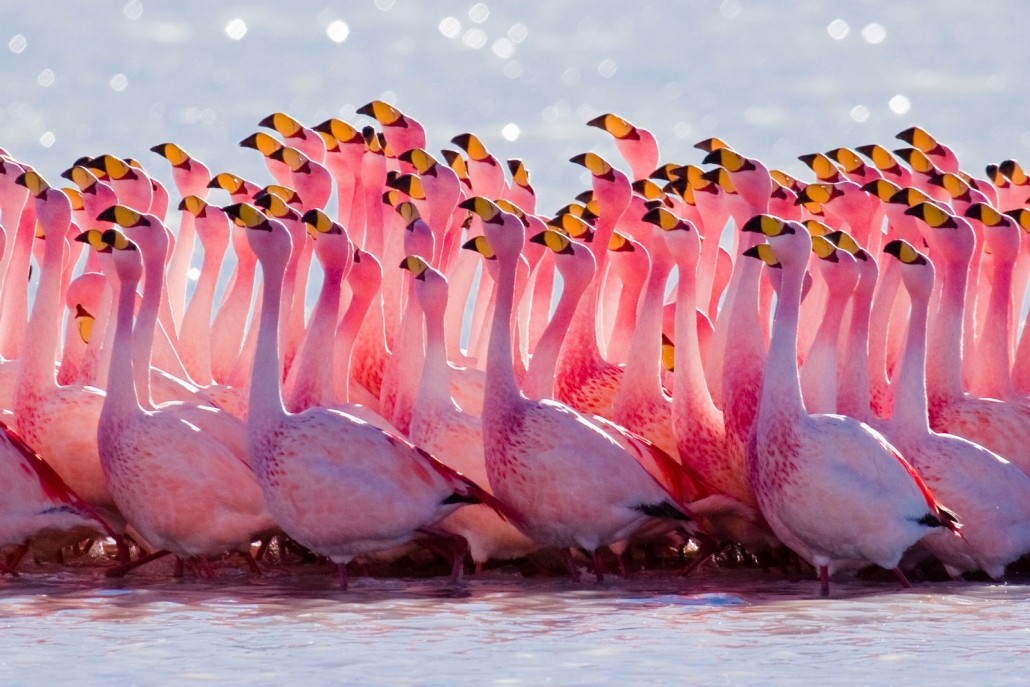
Lake Manyara is famous for its abundance of flamingos, and is a fantastic spot for bird watching.
Lake Manyara National Park is known for the countless flamingos that inhabit the lake. More than 400 species of birds can be found at the park, making it a popular spot for ornithologists. Visitors can expect to see upwards of 100 different species on any given day. Arusha National Park is home to Mount Meru, a prominent volcano which is the second highest peak in Tanzania (after Mount Kilimanjaro).
Jetex operates an extensive network of FBOs and Ground Handling Stations throughout the African continent. The Jetex Lifestyle team can help you to plan and arrange your bespoke dream trip to Africa.
The Galápagos Islands, Ecuador
The enchantingly beautiful Galápagos Islands in Ecuador have been a designated UNESCO World Heritage Site since 1978. An amazing place to behold and to be, the Galápagos Islands is also known locally as the “Encantadas” (charmed or enchanted islands). This unspoiled archipelago possesses a unique ecosystem, which supports a huge variety of native flora and fauna. The most famous of these is the giant tortoise, which has become a symbol of the islands and the battle to preserve their outstanding natural beauty for future generations.
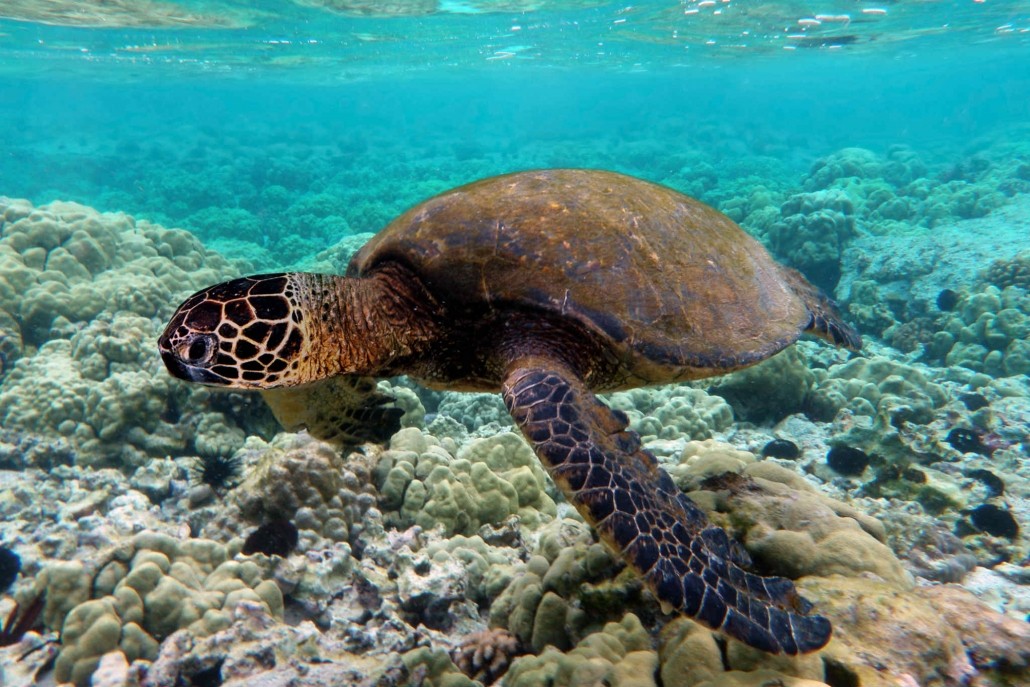
Green sea turtles, giant tortoises, iguanas, tanagers/finches and many other rare species are endemic to the islands.
The Galápagos Islands have three main airports. These are Seymour (SEGS), General Villamil (SEII), and San Cristobal (SEST). All can cater to General Aviation (GA), however none are Airports of Entry (AoE). All aircraft operating to the Galápagos must first land at an AoE on the Ecuadorian mainland (usually Quito (SEQM) or Guayaquil (SEGU)) to clear customs, immigration and quarantine. The Ecuador Civil Aviation Authority will not approve international flights to or from the Galápagos under any circumstances. Note also that no night-time operations are permitted. Airport formalities and ground handling arrangements should be prepared in advance.
The Jetex trip planning team will assist you on obtaining all necessary permits and permissions, and can guide you through the procedures which are in place to help protect the islands. These include a preregistration requirement on the Gobierno Galápagos website. The Transit Control Card System has been designed to strictly control the entry and exit of people going to and from the islands, whether as tourists, residents or visitors.
The Amazon Rainforest, Brazil
Well-known for its biodiversity, the Amazon is teeming with wildlife of all kinds. The rainforest is home to 2.5 million insect species, tens of thousands of plants, and over 2,000 birds and mammals. At least 40,000 plant species, 2,200 fishes, 1,294 birds, 427 mammals, 428 amphibians, and 378 reptiles have been scientifically classified in the region to date. One in five of all bird species in the world live in the rainforest, and one in five of known fish species dwell in Amazonian rivers and streams.
The Amazon River spans the countries of Bolivia, Colombia, Ecuador, French Guiana, Guyana, Peru, Suriname and Venezuela. However around 60% of the Amazon jungle can be found within Brazil.
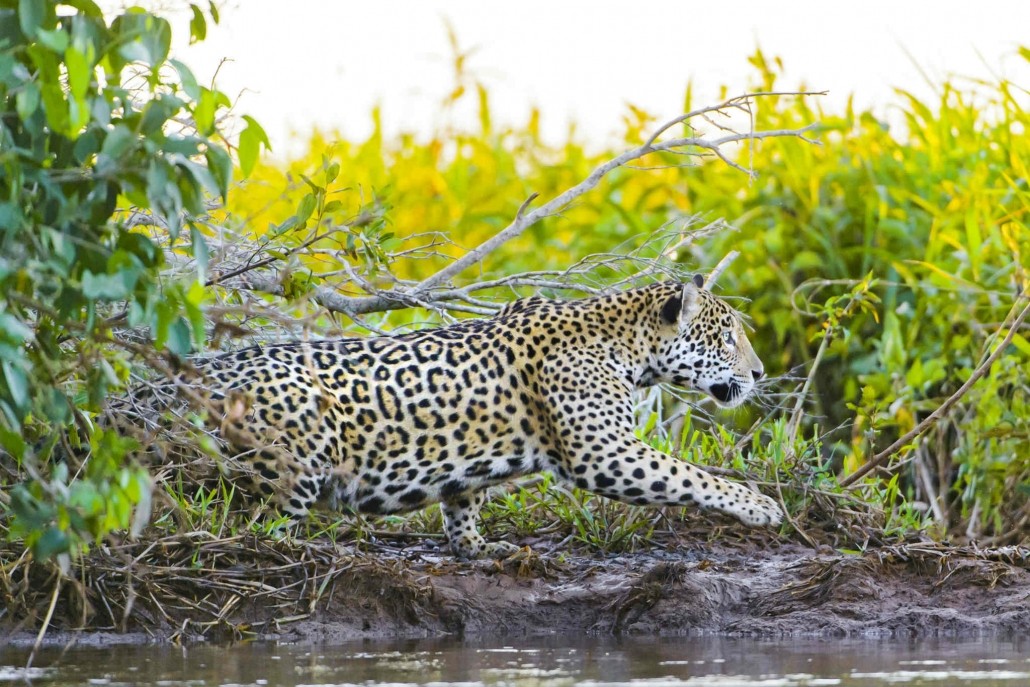
The 6,437km Amazon River is an important source of life for species endemic to the jungle, and for the indigenous communities who live there.
Eco-tours through the Amazon region will typically encompass a river cruise or jungle expedition. Popular destinations include the Amazon Basin, Iguazu Falls and the Pantanal wetlands.
Jetex is well-connected in Latin America, with FBO facilities in Mexico and Chile. Our network of trusted providers enables us to look after all of your trip planning, fueling and ground handling requirements, even in the most remote locations.
Kinabalu National Park, Sabah, Malaysia
Mount Kinabalu serves as the centerpiece of this protected site, which is the first ever UNESCO World Heritage Site in Malaysia and the country’s first national park. The tallest mountain in the Malay Archipelago, it rises 4,095 meters or 13,435 feet above sea level. Mount Kinabalu is home to over 800 species of orchids and 500 species of ferns, more than can be found on the entire African continent.
There is also a huge diversity of animals, including 326 species of birds, 24 of which are found nowhere else on earth. Other creatures found here include orangutans, Malaysian weasels, leopards and Kinabalu giant red leeches.
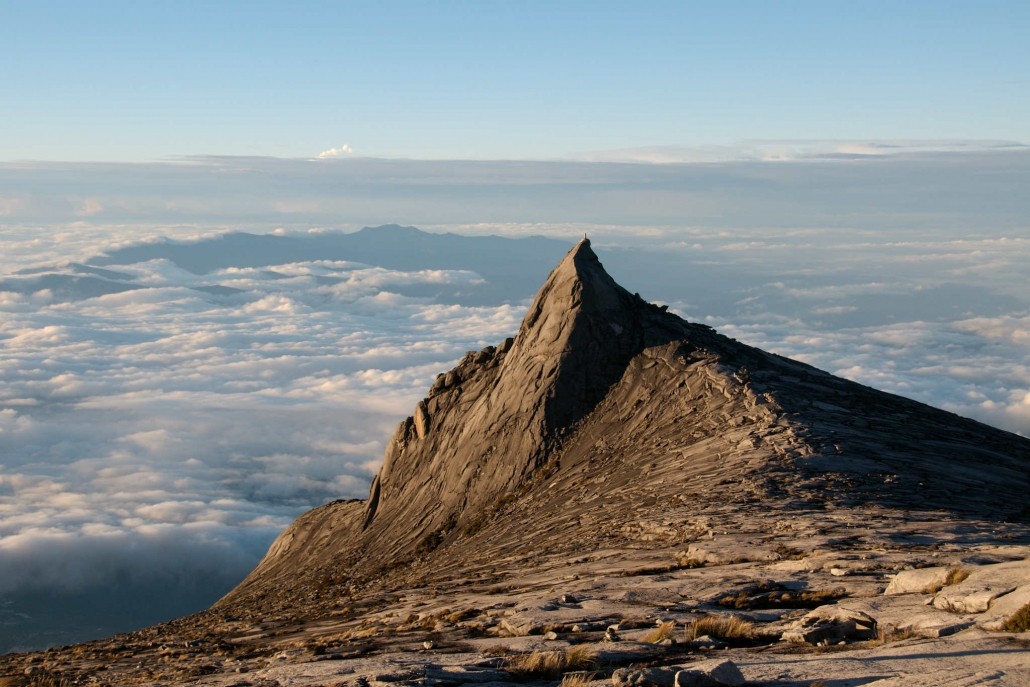
Mount Kinabalu in Sabah, Malaysia offers both relatively easy and challenging mountain trails.
Antarctica
A journey to Antarctica is considered a dream for most adventurous travelers. Not only is arranging a trip there a very expensive undertaking, but the rules and guidelines of visiting the continent are extremely stringent. Movement to and from the region is governed by the Environmental Protocol to the Antarctic Treaty of 1998.
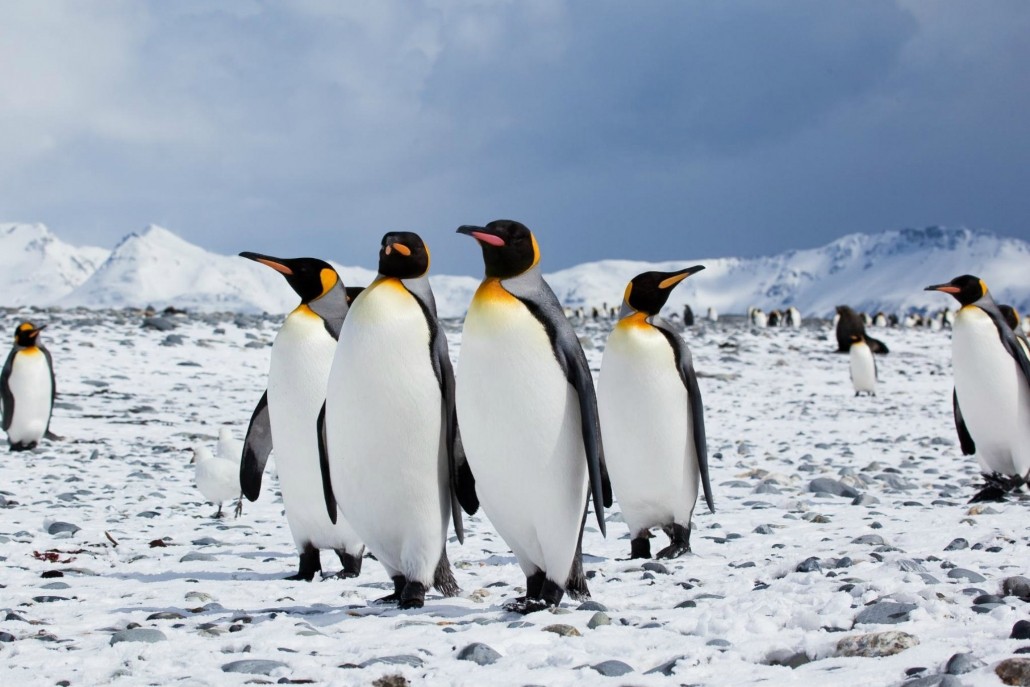
Antarctica is home to Emperor Penguins, microscopic mites, snow petrels, colossal squids, etc.
The best time of the year for travel to the world’s least populated continent is considered to be from November to March. During mid-winter (occurring in June) some areas experience several weeks with no daylight at all, whereas visitors in December can experience 24-hour daylight. Travel by boat is possible from various countries, including Argentina, the Falkland Islands and Chile. Some sea travel arrangements involving helicopter trips usually begin in South Africa, New Zealand and Australia. Air travel is available from Punta Arenas, Chile, Cape Town, South Africa and Australia, subject to ecotourism regulations and weather conditions. Flyover trips are also possible, for those who simply want to catch a glimpse of the icy continent from the comfort of a warm aircraft.
A Whole World to Explore
The above are just five examples of countless ecotourism destinations around the world. The planet has much to explore for the adventurous traveler. With undeveloped areas becoming increasingly scarce, and international concern growing on the impact of climate change, the need to raise awareness on the issues highlighted by ecotourism has never been more urgent.
Arrange Your Next Ecotourism Adventure with Jetex
Planning a trip to a remote region? Arrange your next adventure with Jetex!
The Jetex Lifestyle team can assist with organizing unique experiences, including ecotourism. Working with an extensive network of partners allows us to work miracles on your behalf. Our team excels in crafting bespoke packages unavailable elsewhere, guaranteeing a once in a lifetime voyage for intrepid explorers. If you can imagine it, we can arrange it! Click here to learn more.
For further information, please contact us on +971 4 212 4088 or lifestyle@jetex.com.



